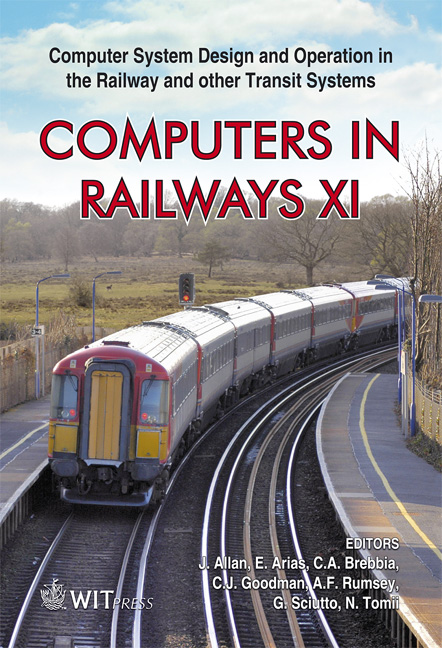A Location-based MAC Protocol For Safety-of-life Vehicle-to-vehicle Communication
Price
Free (open access)
Transaction
Volume
103
Pages
9
Page Range
305 - 313
Published
2008
Size
703 kb
Paper DOI
10.2495/CR080311
Copyright
WIT Press
Author(s)
C. R. Garcia, T. Strang & A. Lehner
Abstract
Safety of life applications have high importance in today’s traffic as current statistics show. In particular active safety applications are at the center of research activities, focussing on vehicle to vehicle communications as it is easier and cheaper to deploy as well as more effective in most situations. This approach has also to be followed for railway traffic. However, different vehicle types have different characteristics and therefore different requirements to their communication systems and the communication networks in particular. We identified here the need for an adapted Medium Access Control (MAC) protocol, called the Cell-based Orientation-aware MANET Broadcast (COMB) protocol, that fulfills the requirements of the train specific scenario and overcomes the drawbacks of all existing approaches. COMB is based on localization aware cross layer dimensioned CDMA cells, and uses the SOTDMA protocol as am intra cell scheme, while the inter cell scheme relies on direction and speed awareness. Therefore, it can cope with the trains’ speed and their need for a robust communication. 1 Introduction Current statistics of the International Union of Railways (UIC) show that there are three significant train accidents in Europe every day [1], despite millions of Euros which have been invested in trackside and in-train safety equipment. In order to increase safety in railway traffic, some countries are partially installing control systems, mainly centralized management ones, specially the Automatic Train Control (ATC), where the trains are monitored by devices located along the rail. These devices send the collected information to an operation center that can pass specific instructions to the train. A European ATC standard, European Train Control Sys-
Keywords





